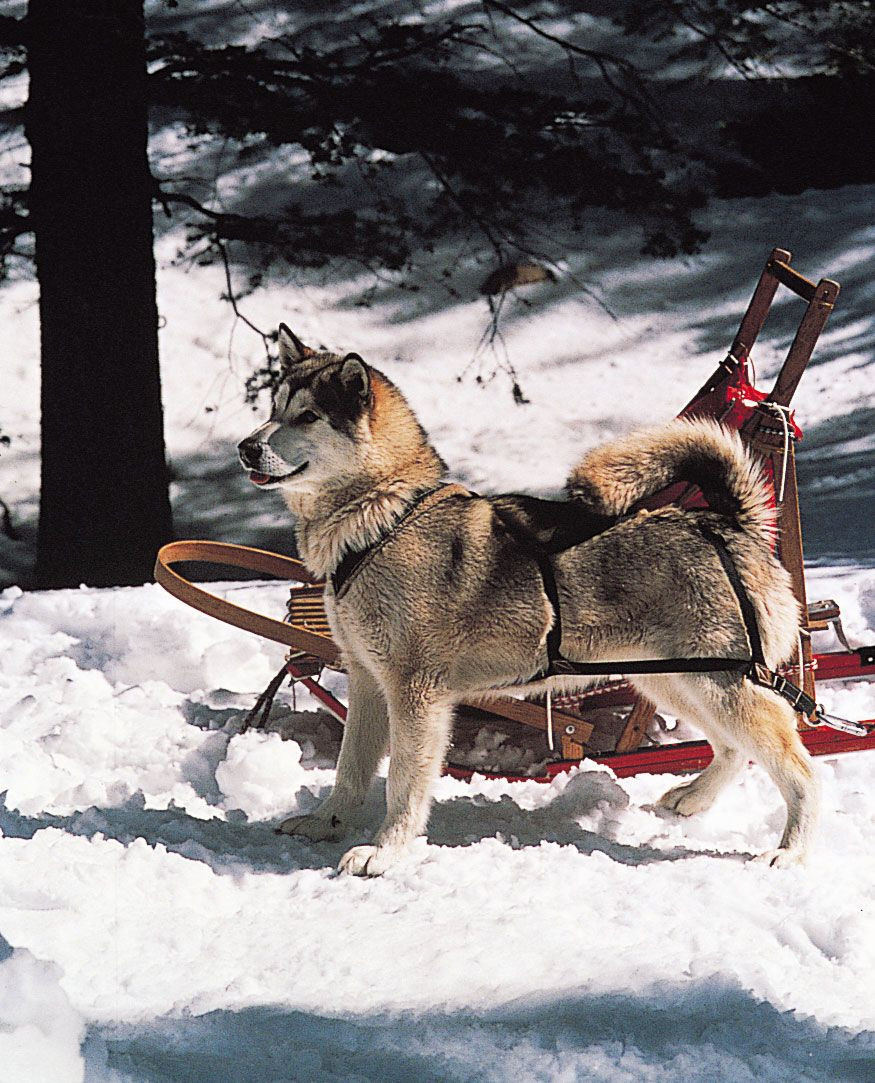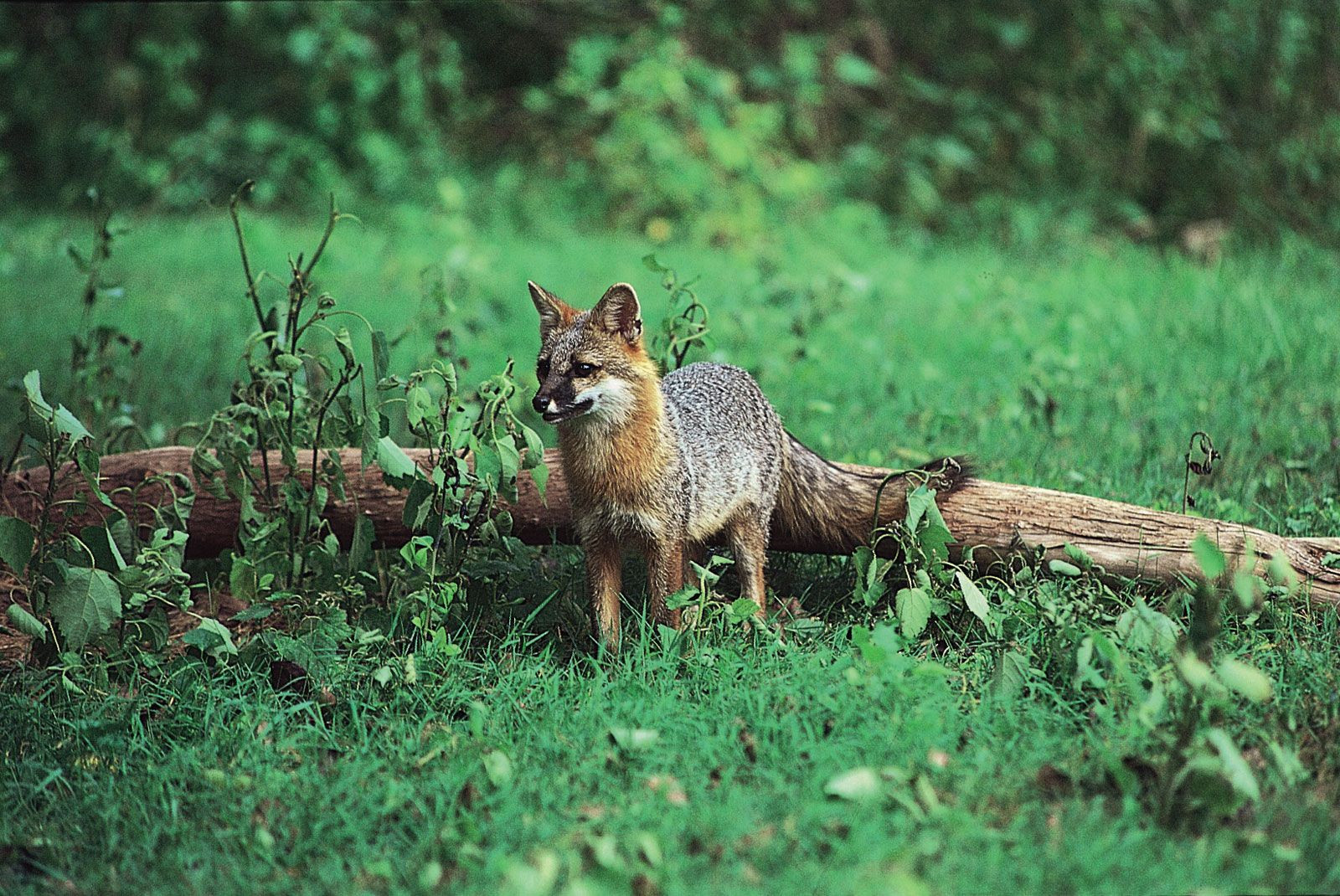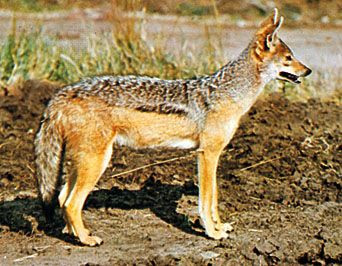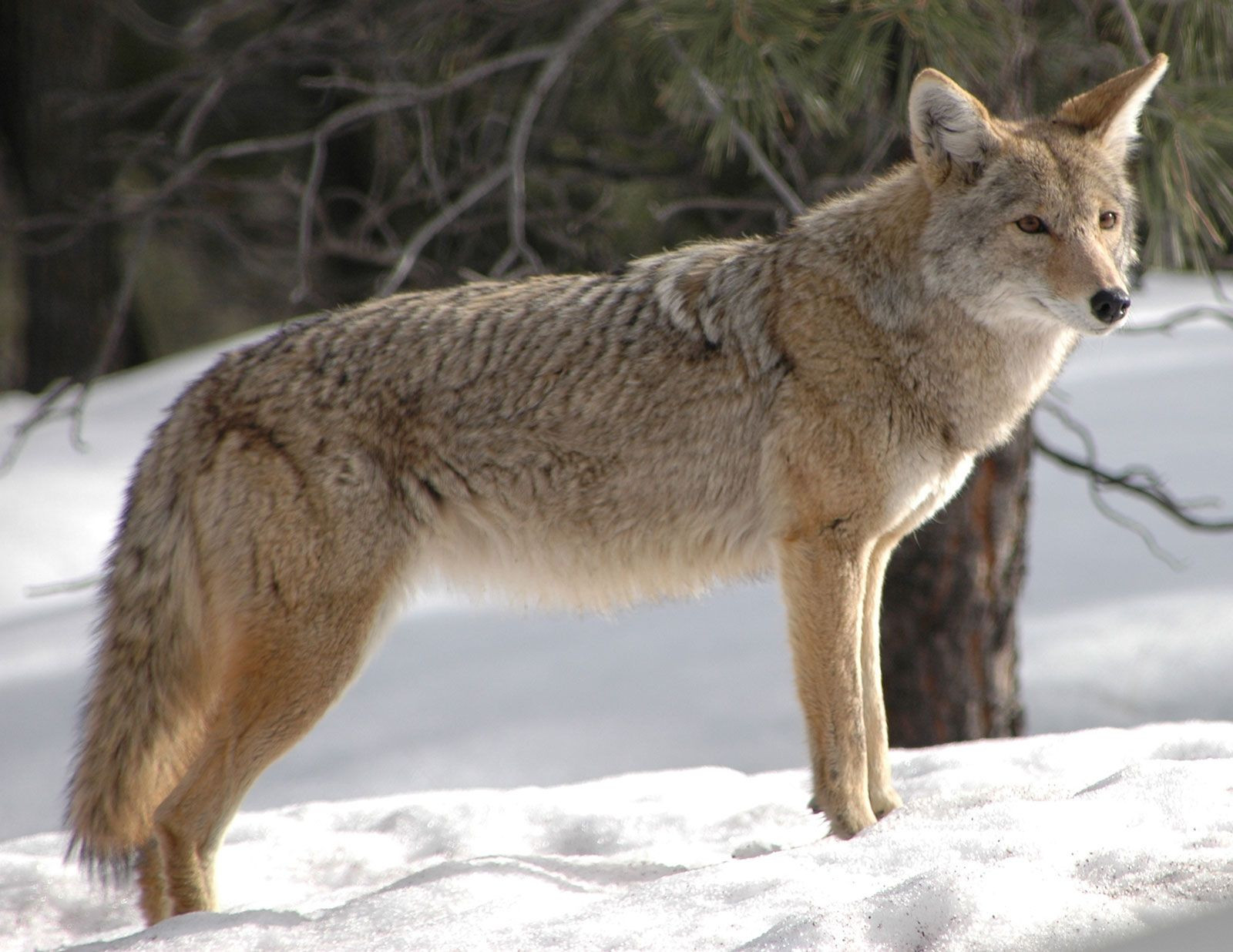The Canidae Family, commonly known as canids, encompasses a diverse group of carnivorous mammals found across the globe. This family includes familiar animals like domestic dogs, wolves, foxes, jackals, and coyotes, as well as lesser-known species such as the African wild dog and the raccoon dog. Characterized by their slender builds, long legs, elongated muzzles, bushy tails, and erect ears, canids are fascinating creatures with a rich natural history and significant ecological roles.
Evolutionary History and Global Distribution of Canidae
Except for Antarctica and Australia, every continent is home to native canid species. While the dingo in Australia was introduced by humans thousands of years ago, canids have successfully colonized a vast array of habitats, adapting to diverse environments from arctic tundras to scorching deserts. They are notably absent from New Zealand and most oceanic islands, highlighting their continental origins and dispersal patterns.
 Alaskan Malamute
Alaskan Malamute
An Alaskan Malamute, representative of the Canidae family and known for its strength and endurance as a sled dog.
Canids occupy nearly every major ecosystem on Earth. The Arctic fox (Vulpes lagopus) thrives in the harsh, barren Arctic tundra, while the fennec fox (Vulpes zerda) is perfectly adapted to the arid Sahara Desert. However, canids are generally associated with open landscapes and grasslands. The elusive bush dog (Speothos venaticus) of South America, a notable exception, prefers the dense cover of forests and humid savannas. The Eurasian raccoon dog (Nyctereutes procyonoides) exhibits unique denning behavior, often utilizing tree hollows near the ground. In North America, the gray fox (Urocyon cinereoargenteus) favors wooded habitats and demonstrates arboreal tendencies, while the red fox (Vulpes vulpes) typically inhabits meadows and agricultural lands. This ecological partitioning allows species like the red and gray fox to coexist in regions like North America by occupying slightly different ecological niches.
A Bush dog, a South American canid species that prefers forested and wet savanna habitats.
 gray fox (Urocyon cinereoargenteus)
gray fox (Urocyon cinereoargenteus)
A gray fox, a North American canid known for its preference for wooded areas and ability to climb trees.
Dietary Habits and Hunting Strategies within the Canidae Family
Canids are primarily predators, with a diet centered around meat. While some species, such as the gray wolf (Canis lupus), African wild dog (Lycaon pictus), and dhole (Cuon alpinus), are strictly carnivorous, others exhibit more omnivorous tendencies. Foxes, jackals, coyotes (Canis latrans), and raccoon dogs supplement their meat intake with fruits and berries, alongside small mammals, birds, insects, crustaceans, and mollusks. This dietary flexibility allows these canids to thrive in a wider range of environments and adapt to fluctuating prey availability.
African wild dogs, highly social canids known for their cooperative hunting strategies and strictly carnivorous diet.
 Black-eyed jackal
Black-eyed jackal
A Black-backed jackal, a canid species with a more omnivorous diet compared to strictly carnivorous canids.
 Coyote (Canis latrans)
Coyote (Canis latrans)
A Coyote, a highly adaptable canid that incorporates fruits and berries into its diet, showcasing omnivorous tendencies within the Canidae family.
Canids possess highly developed senses of vision and hearing, and their sense of smell is among the most acute in the mammal world. Hunting strategies vary within the family, correlating with dietary specialization. Strictly carnivorous canids often hunt in packs, enabling them to take down larger prey and coordinate complex hunting maneuvers. These pack hunters may follow migratory herds of ungulates or shift their ranges to areas with abundant prey. In contrast, more omnivorous canids tend to be solitary hunters, as their varied diet reduces the need for organized group attacks and extensive travel. Some South American foxes, for example, are solitary or live in pairs, reflecting their less demanding hunting requirements.
Reproduction and Social Behavior of Canids
Canid litters typically consist of four to six pups, born after a gestation period ranging from 51 to 80 days, varying by species. The Arctic fox stands out with the largest litter size among carnivores, averaging around 11 pups but sometimes reaching 20 or more. Canids utilize diverse denning locations, including underground burrows, hollow logs, tree cavities, dense brush, boulder fields, or rock crevices. African wild dogs frequently den in abandoned aardvark burrows, demonstrating opportunistic den site selection. Breeding typically occurs in late winter, with pups born in mid-to-late spring. Pups’ eyes open around two weeks after birth, and they nurse for four to six weeks. Smaller canid species can reach sexual maturity as early as one year old, while larger species, such as wolves, may not mature until two or three years of age.
A dingo with pups, illustrating the typical litter sizes and parental care within the Canidae family.
Communication within the canidae family is complex, utilizing a range of vocalizations and visual signals. Social canids have highly developed vocal repertoires, including howls, yelps, snarls, barks, and growls. These sounds are often accompanied by visual cues such as ear and tail movements, raised fur patches, and teeth-baring. Within social groups or packs, a clear dominance hierarchy exists, based on factors like age, pair bonds, physical condition, and reproductive status. Vocal and visual signals play a crucial role in minimizing aggressive interactions and maintaining social cohesion, especially during resource competition. Solitary canids also use vocalizations to establish territory, deter rivals, and communicate with mates and offspring.
Physical Characteristics and Adaptations of the Canidae Family
A long face or muzzle is a defining feature of wild canids, along with a relatively long and bushy tail. While most canids exhibit uniform coloration, some species display contrasting patterns, such as jackals and gray foxes, the raccoon dog’s dark facial mask, the African wild dog’s mottled coat, and the lighter underbelly seen in many species. Ears are typically pointed, erect, and often large, particularly in desert-dwelling species. Large ears are believed to aid in thermoregulation in hot climates, facilitating heat dissipation in species like the bat-eared fox (Otocyon megalotis) and fennec fox. Conversely, Arctic foxes have smaller ears to conserve heat in frigid environments, demonstrating adaptation to different thermal challenges.
Raccoon dogs, showcasing the characteristic dark facial mask found in this canid species.
A Fennec fox, highlighting the large ears that aid in heat regulation in desert canids.
Canids generally possess long legs, notably exemplified by the maned wolf (Chrysocyon brachyurus) of South America. This limb structure, combined with their digitigrade locomotion (walking on their toes), makes them exceptionally well-adapted for running. Canids are renowned for their stamina rather than bursts of speed. Northern species often develop fur on their foot pads during winter, providing enhanced traction on snow and insulation against the cold. Most canids have four well-developed toes plus a dewclaw on their front feet, except for the African wild dog, which lacks dewclaws. The rear feet have four toes. Each toe is equipped with a blunt, non-retractile claw. Scent glands, frequently located at the base of the tail, play a vital role in territorial marking and communication.
 maned wolf
maned wolf
A Maned wolf, illustrating the long legs characteristic of some canid species, an adaptation for running and navigating their grassland habitat.
Dental morphology within the canidae family is relatively consistent, with 42 teeth in most species. They possess unspecialized incisors and prominent canine teeth used for prey capture and killing. Premolars are sharp and narrow, while carnassials are well-developed for shearing meat. Molars feature broad surfaces capable of crushing bones, reflecting their carnivorous diet and ability to utilize a wide range of prey.
The canidae family showcases remarkable diversity in morphology, behavior, and ecology, reflecting their successful adaptation to a vast array of environments across the planet. From the iconic wolf to the diminutive fennec fox, canids continue to fascinate and play crucial roles in ecosystems worldwide.

